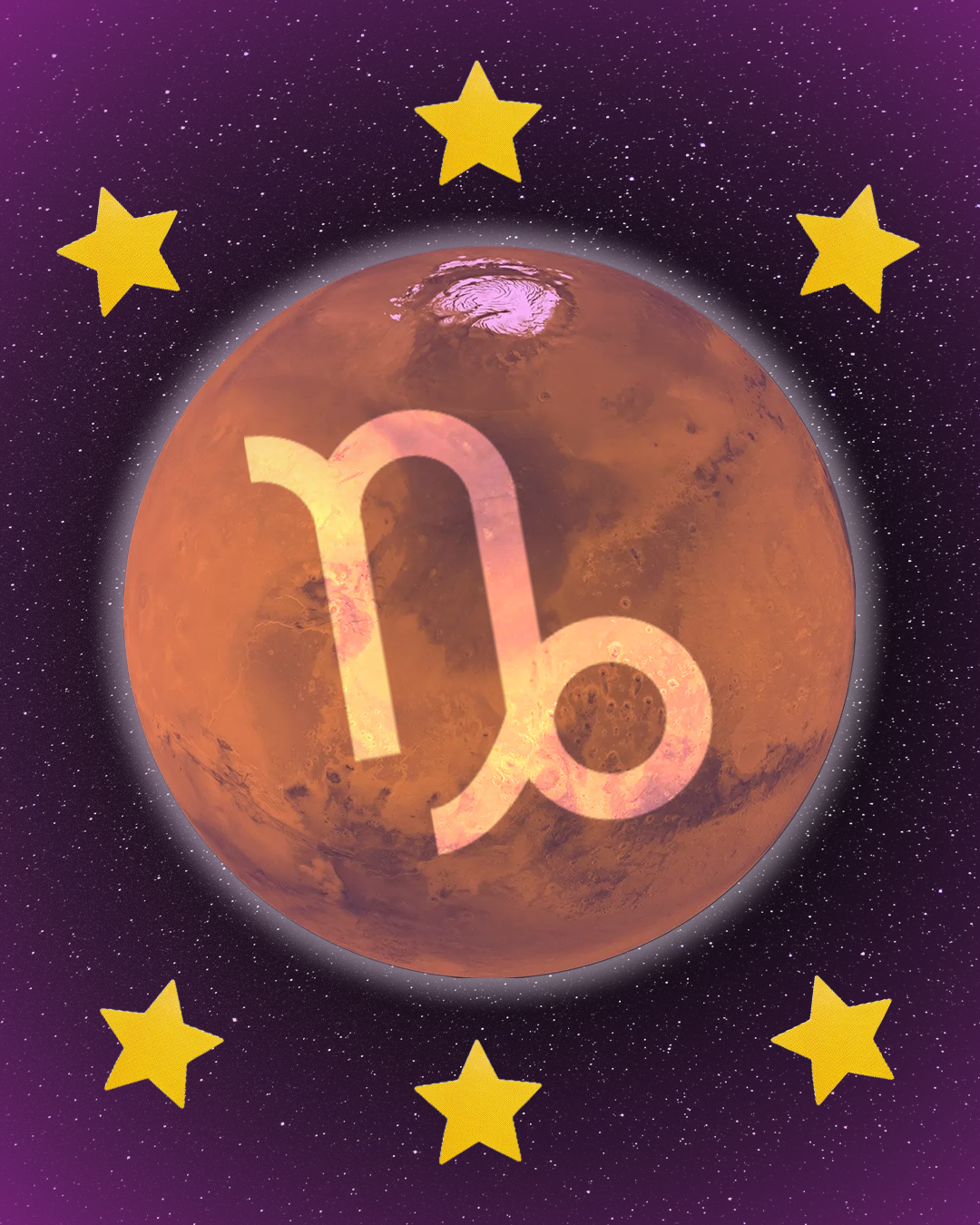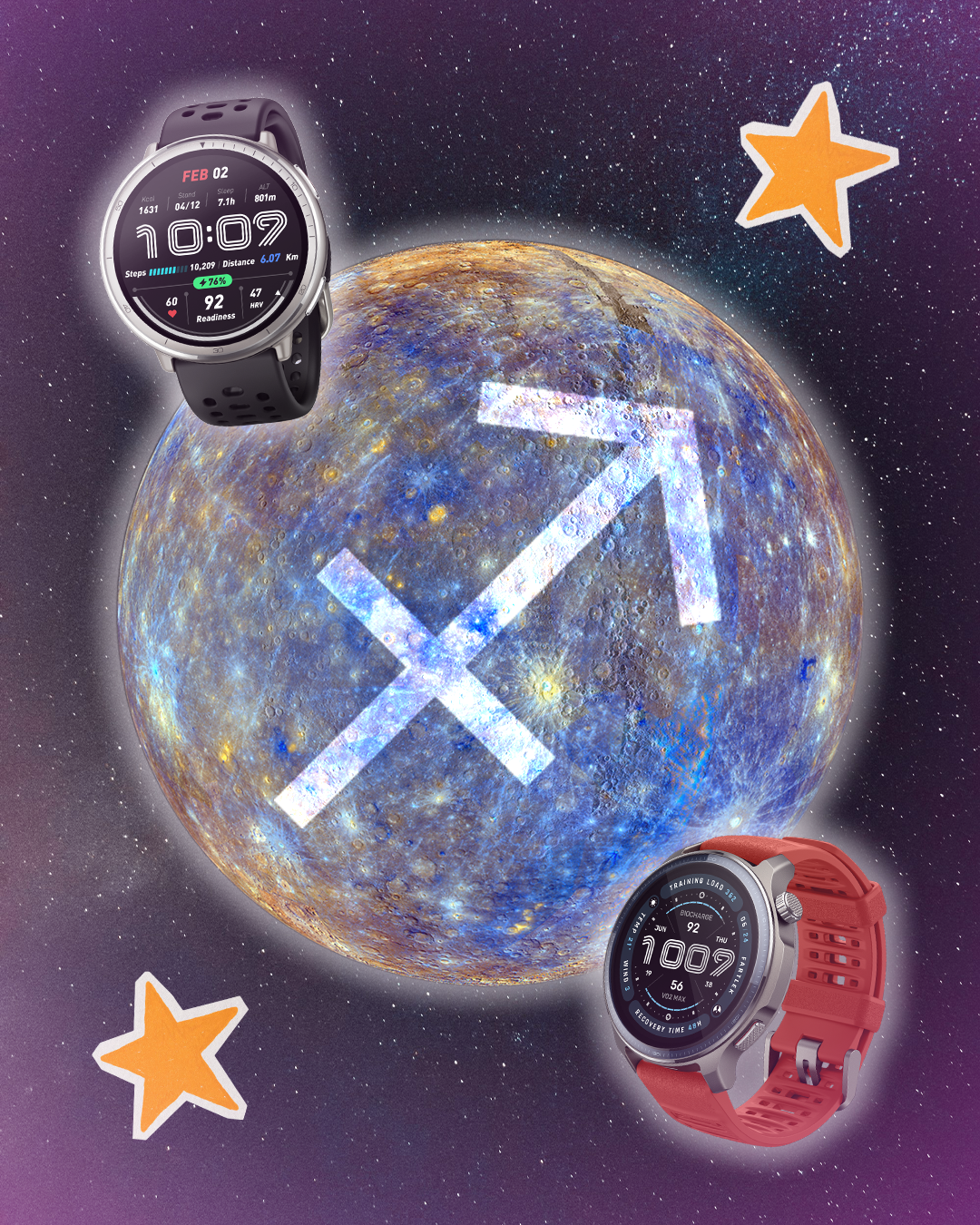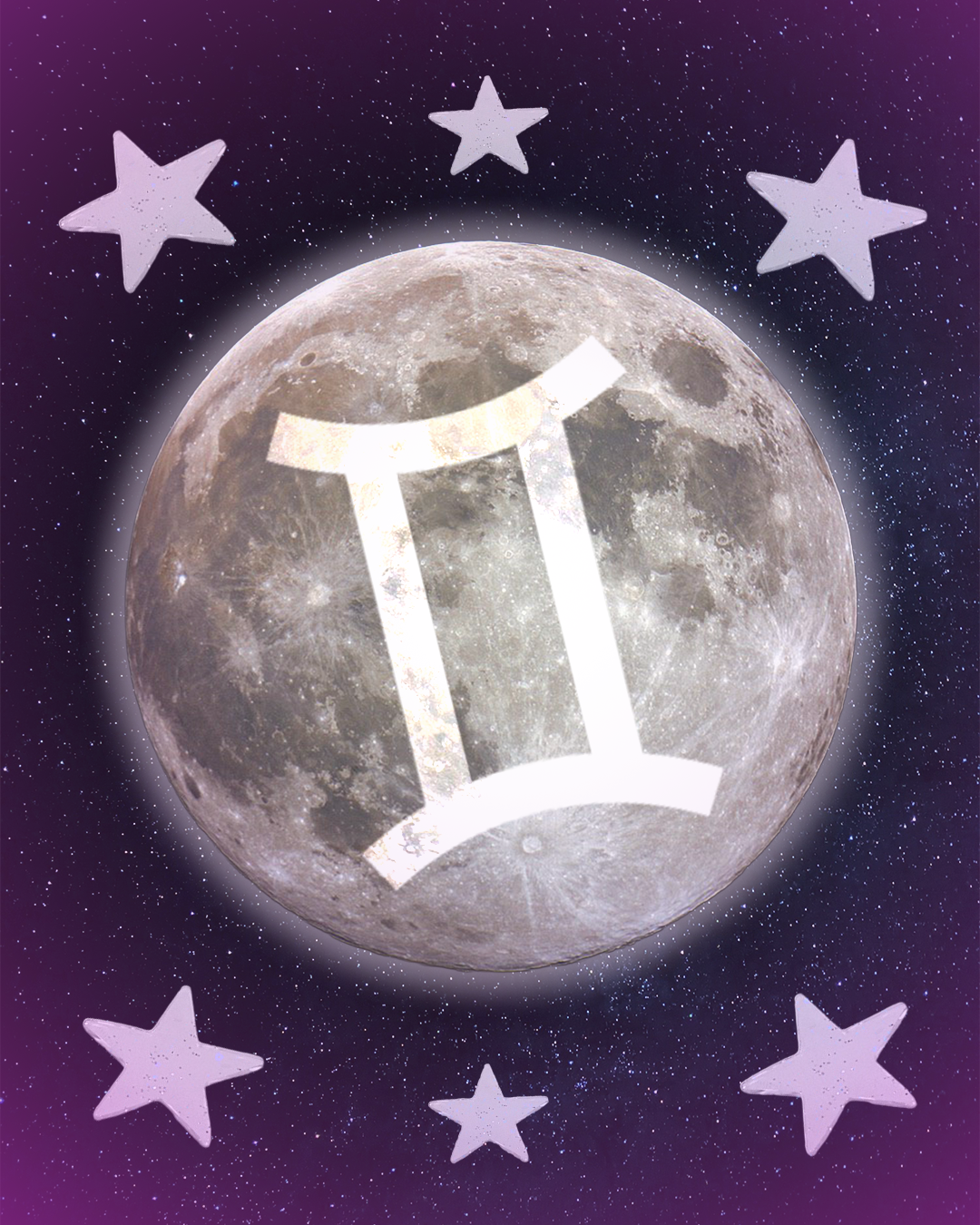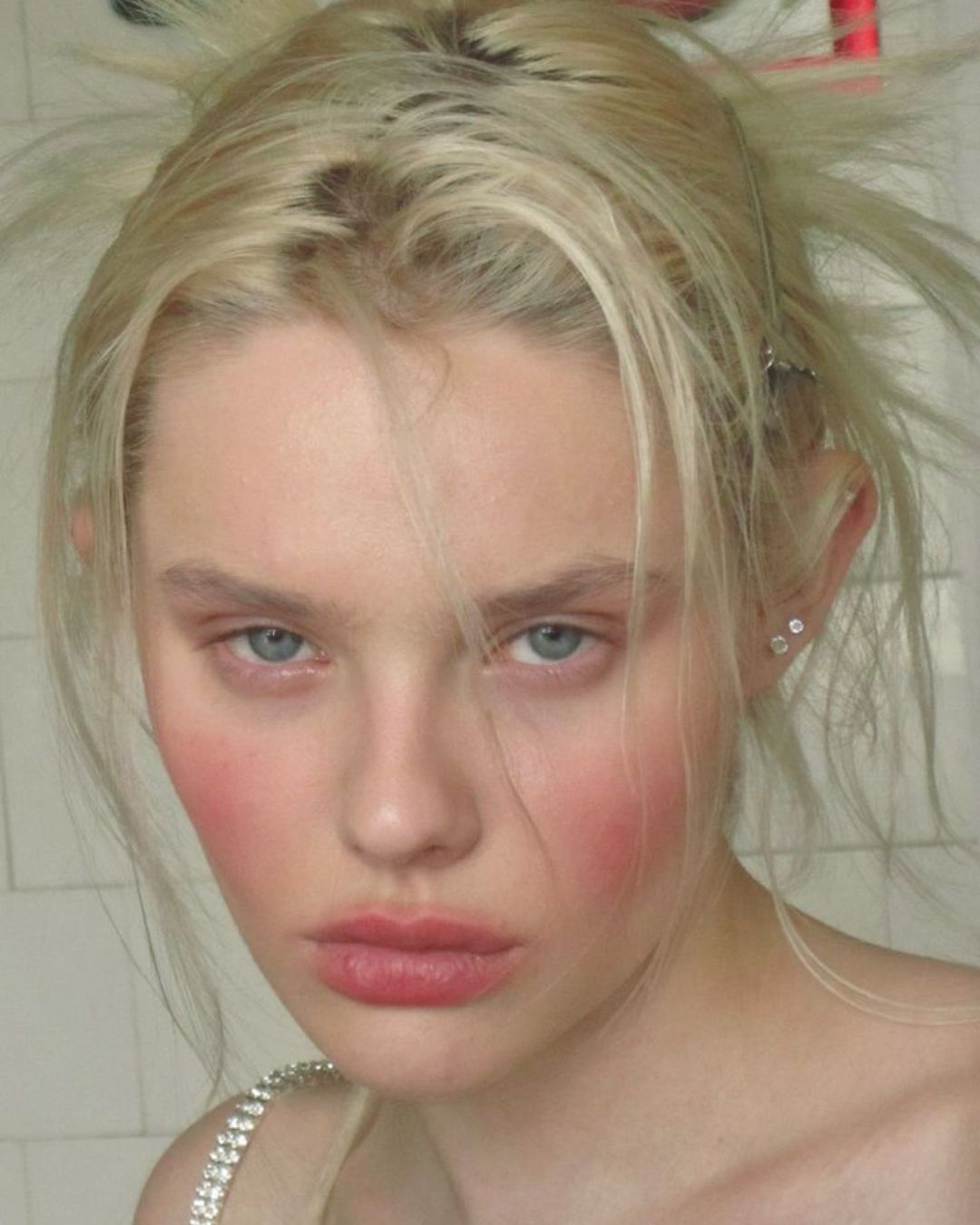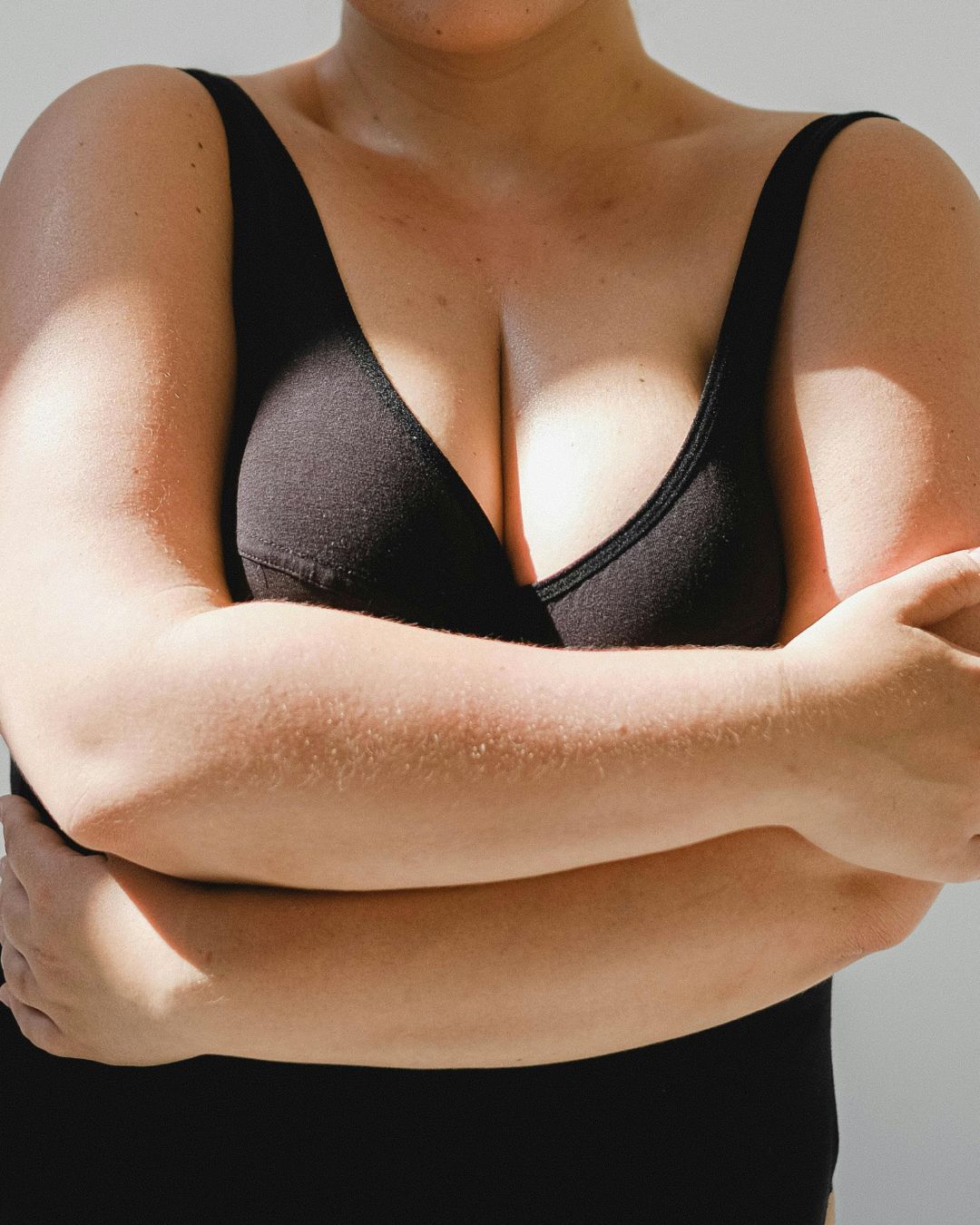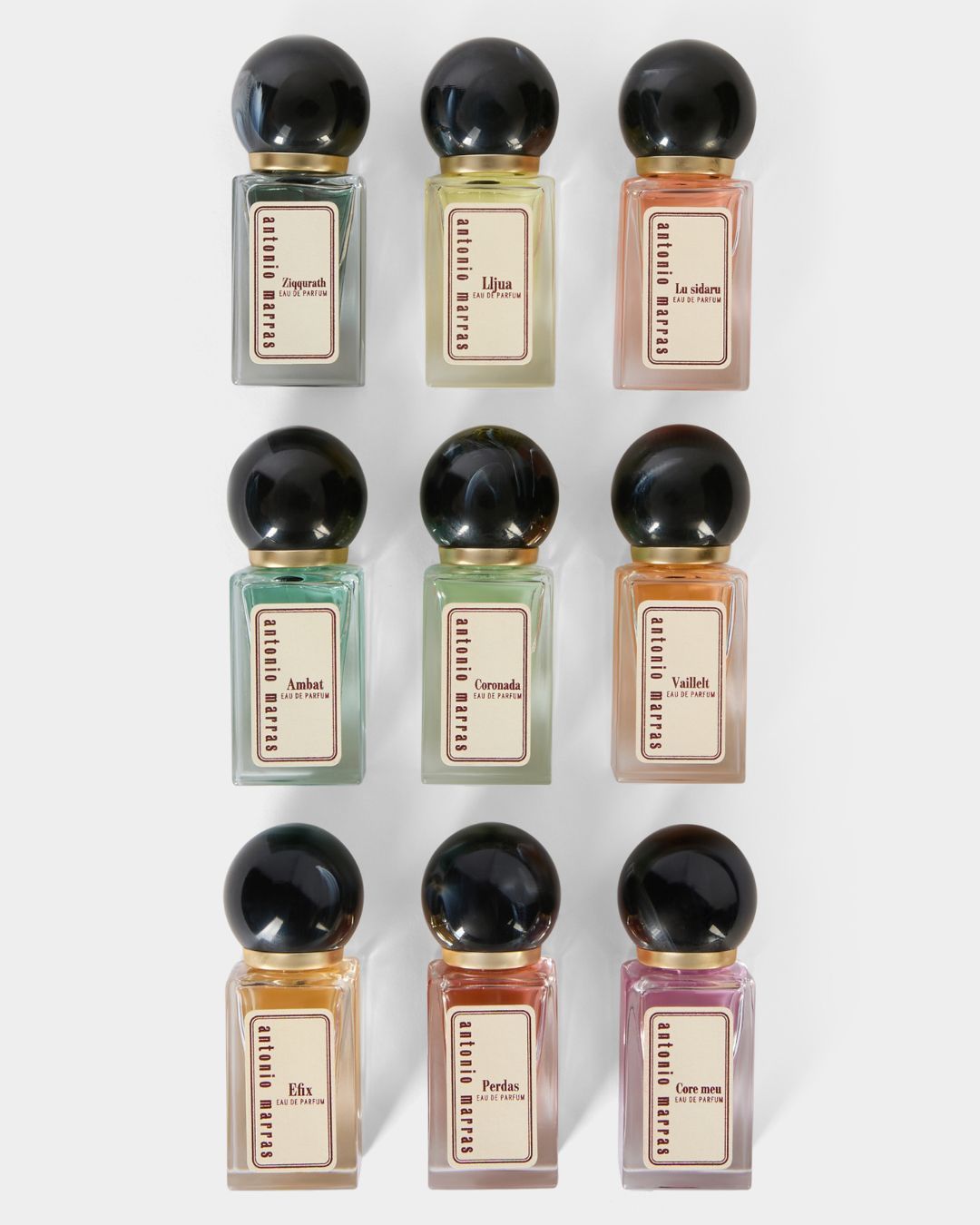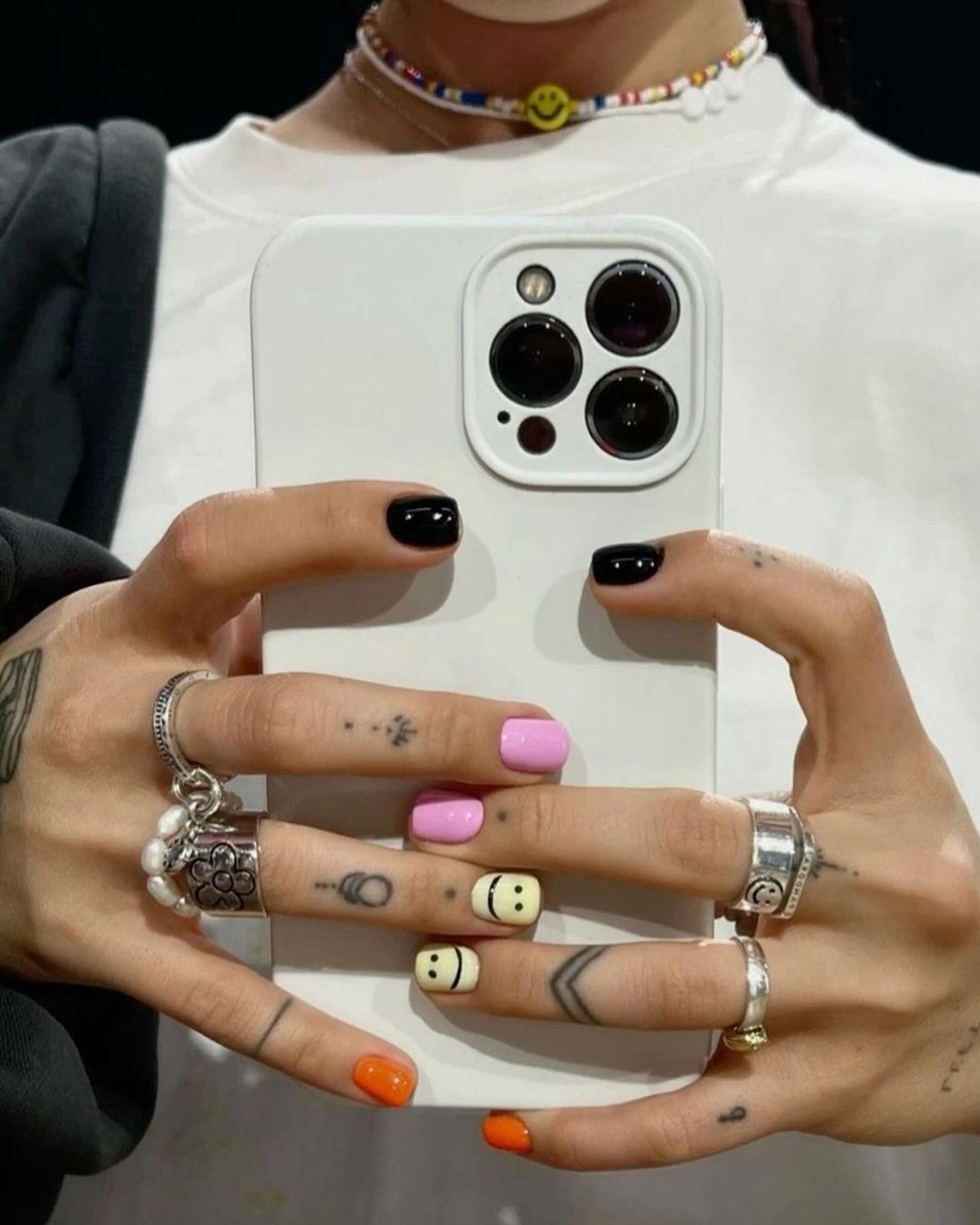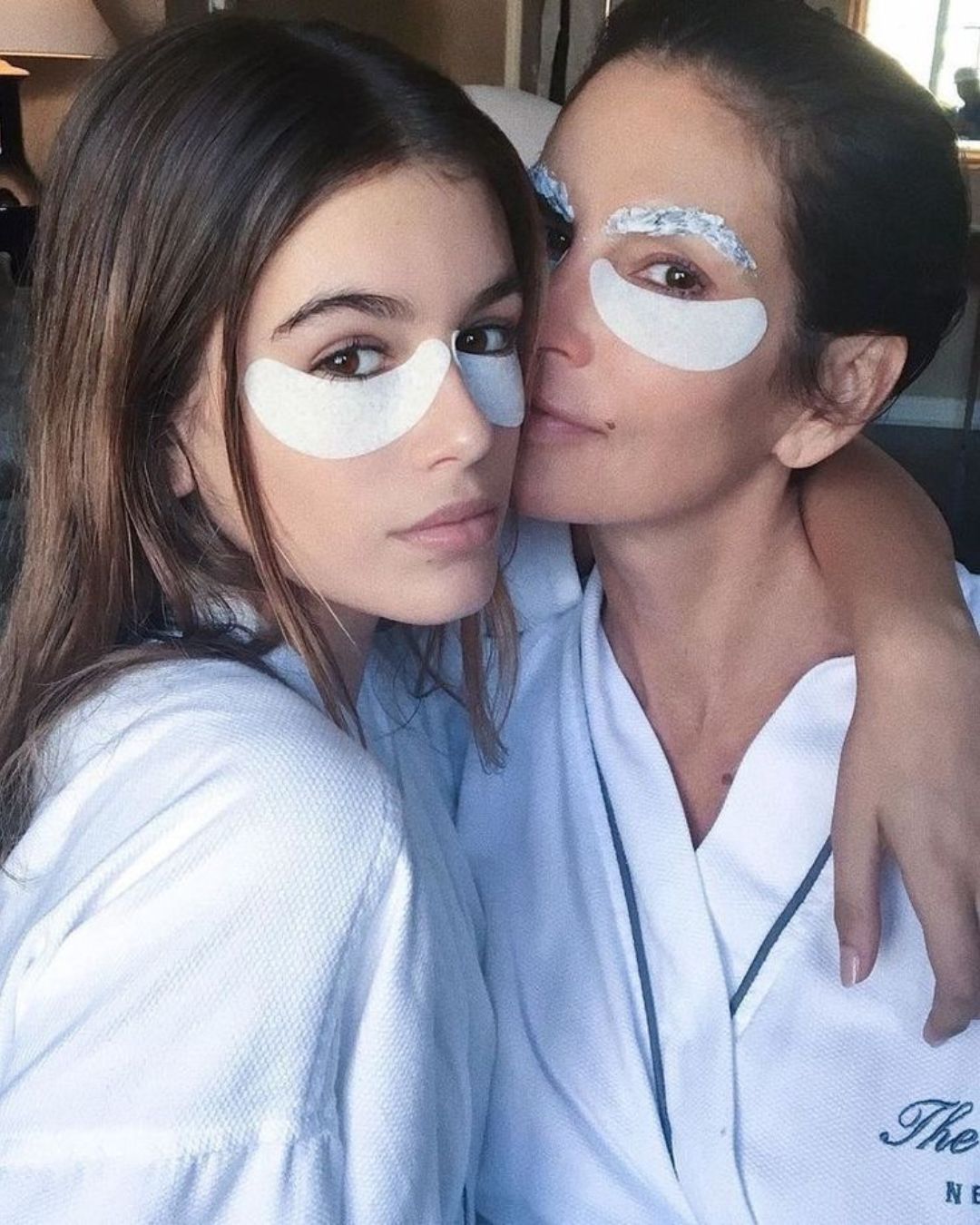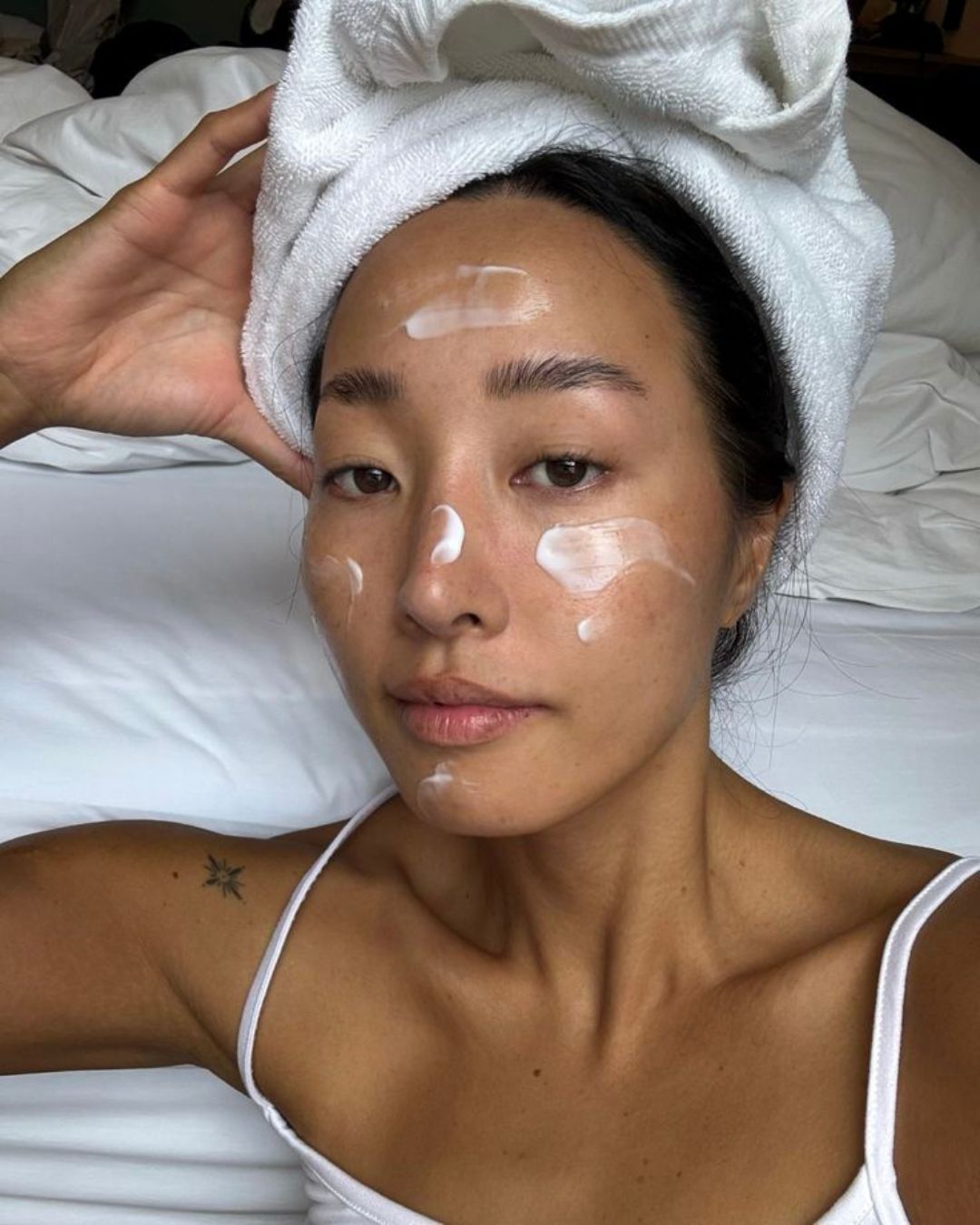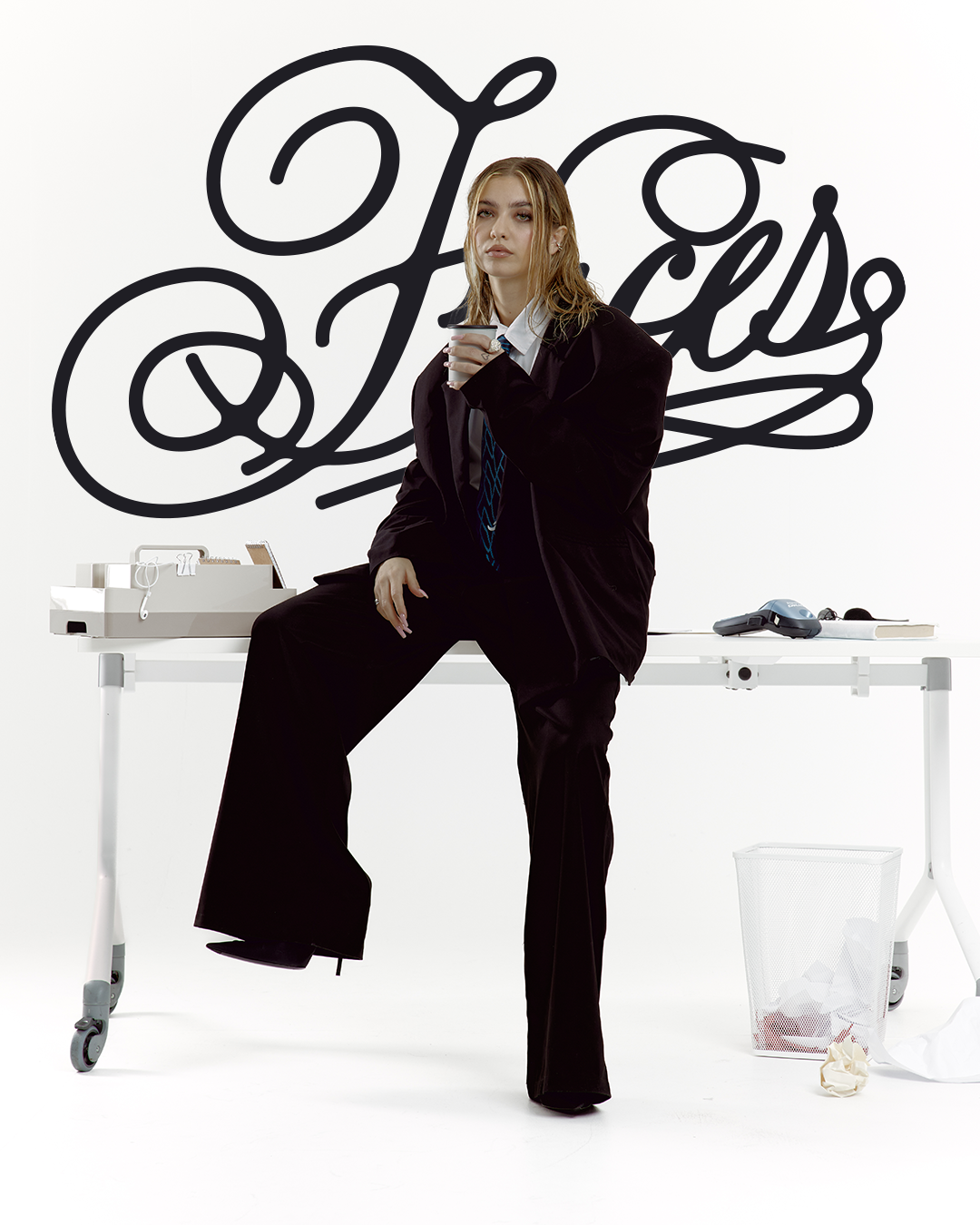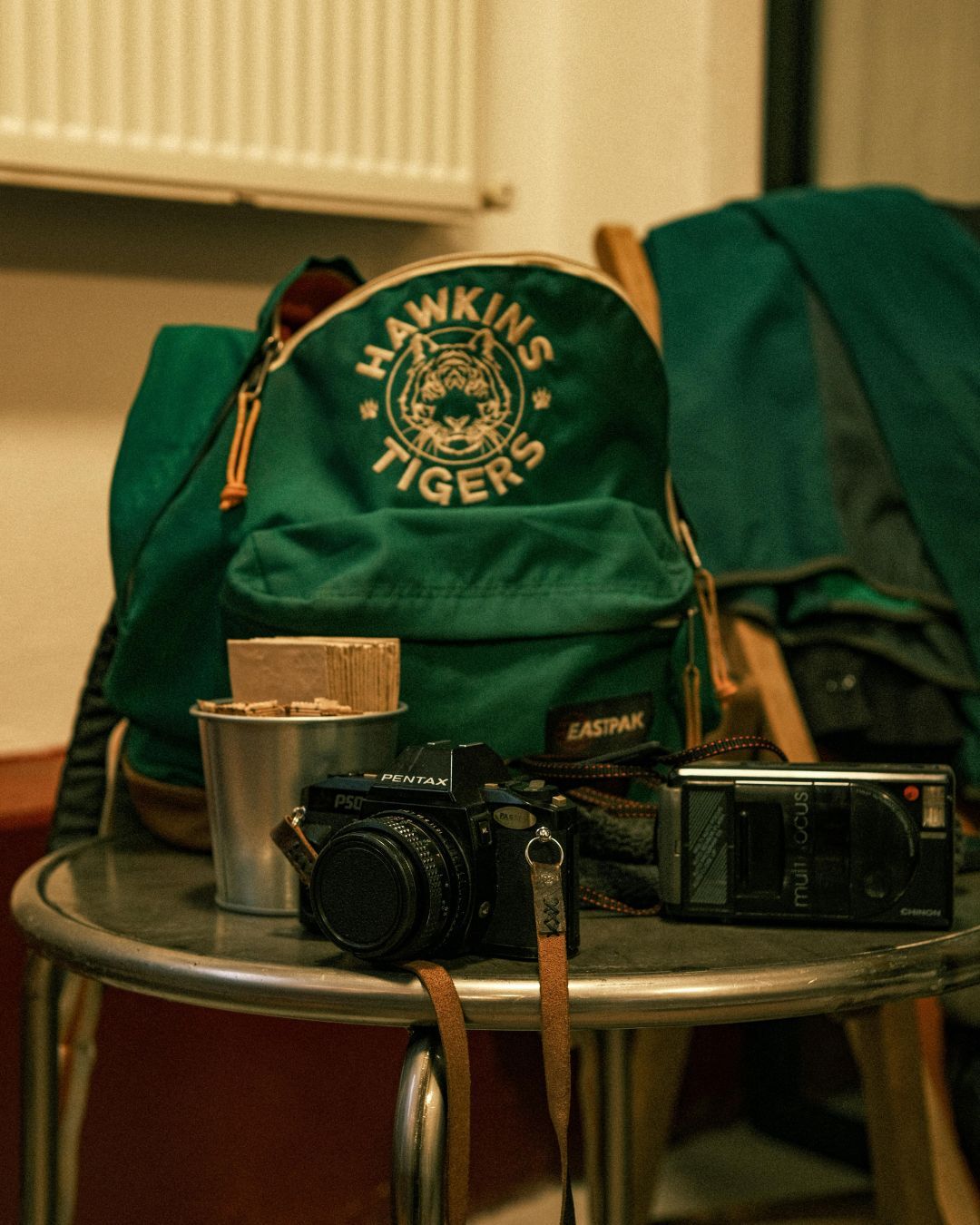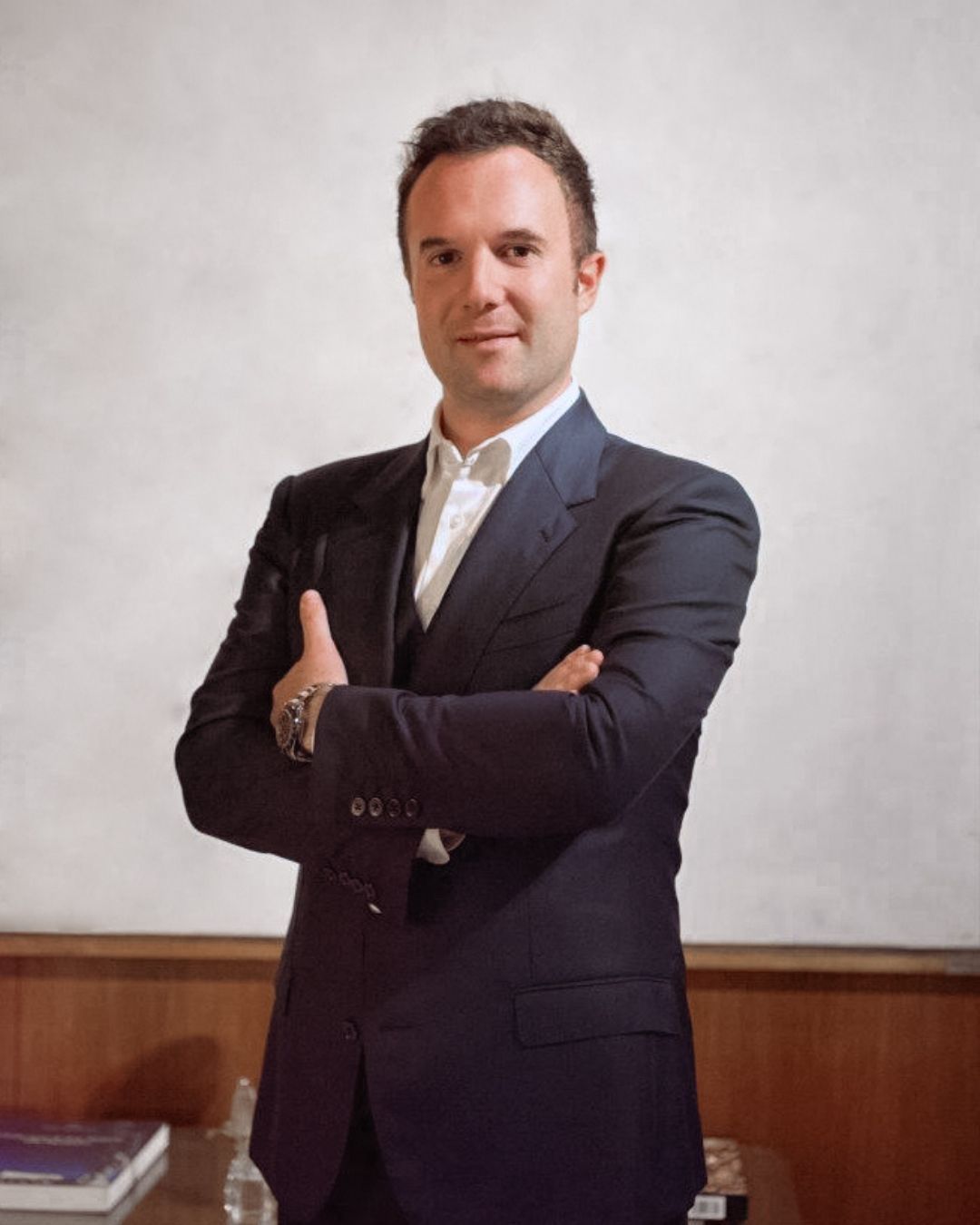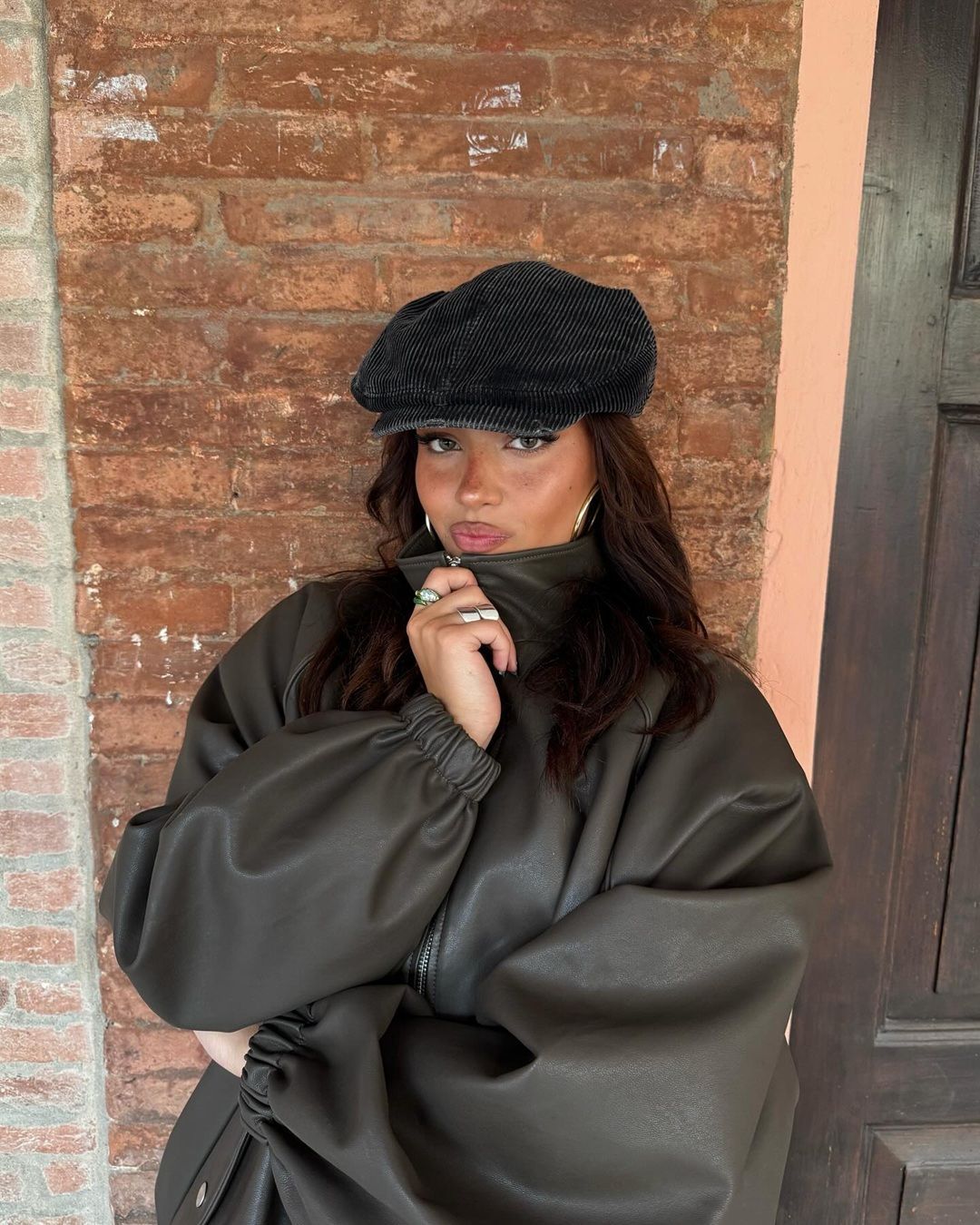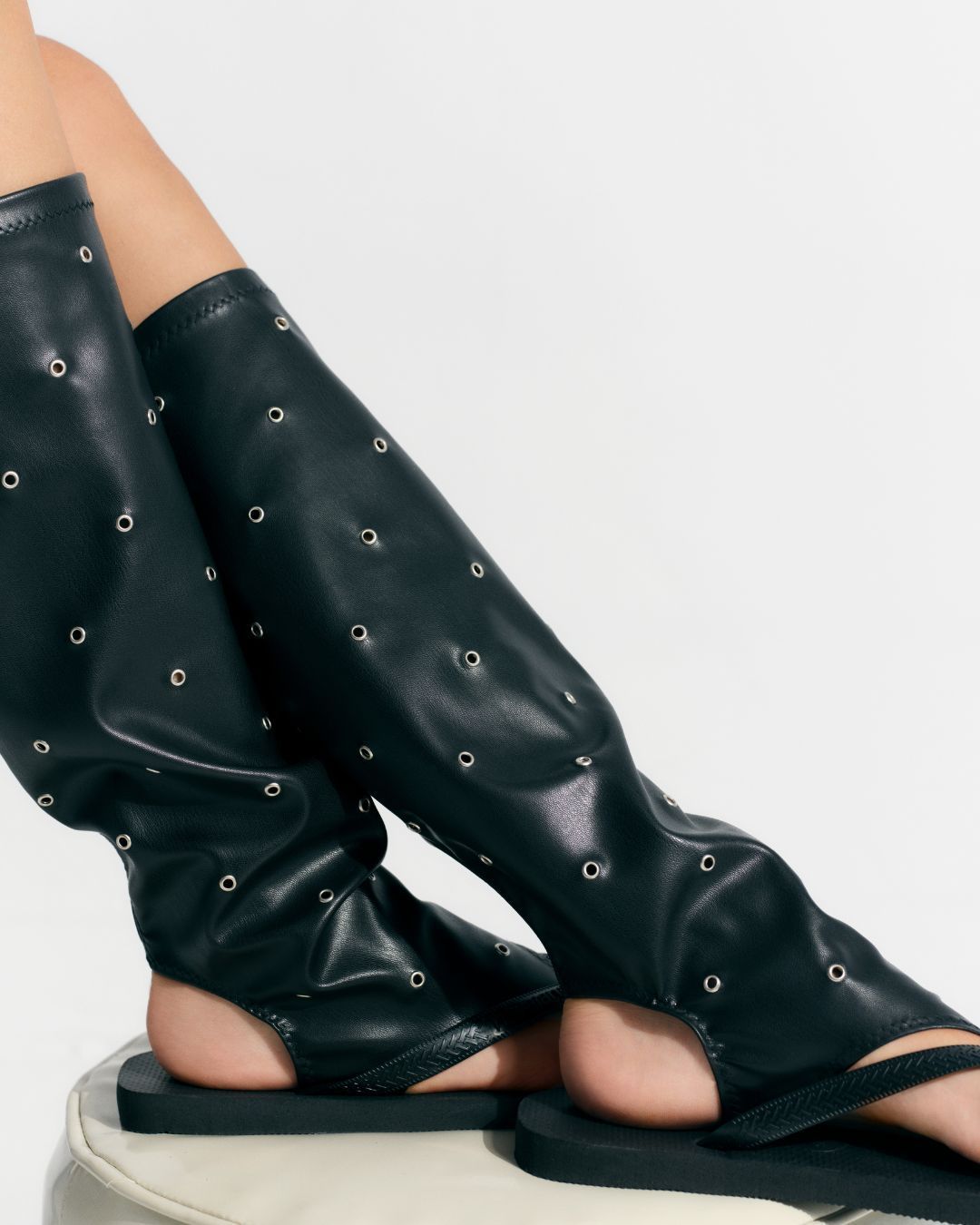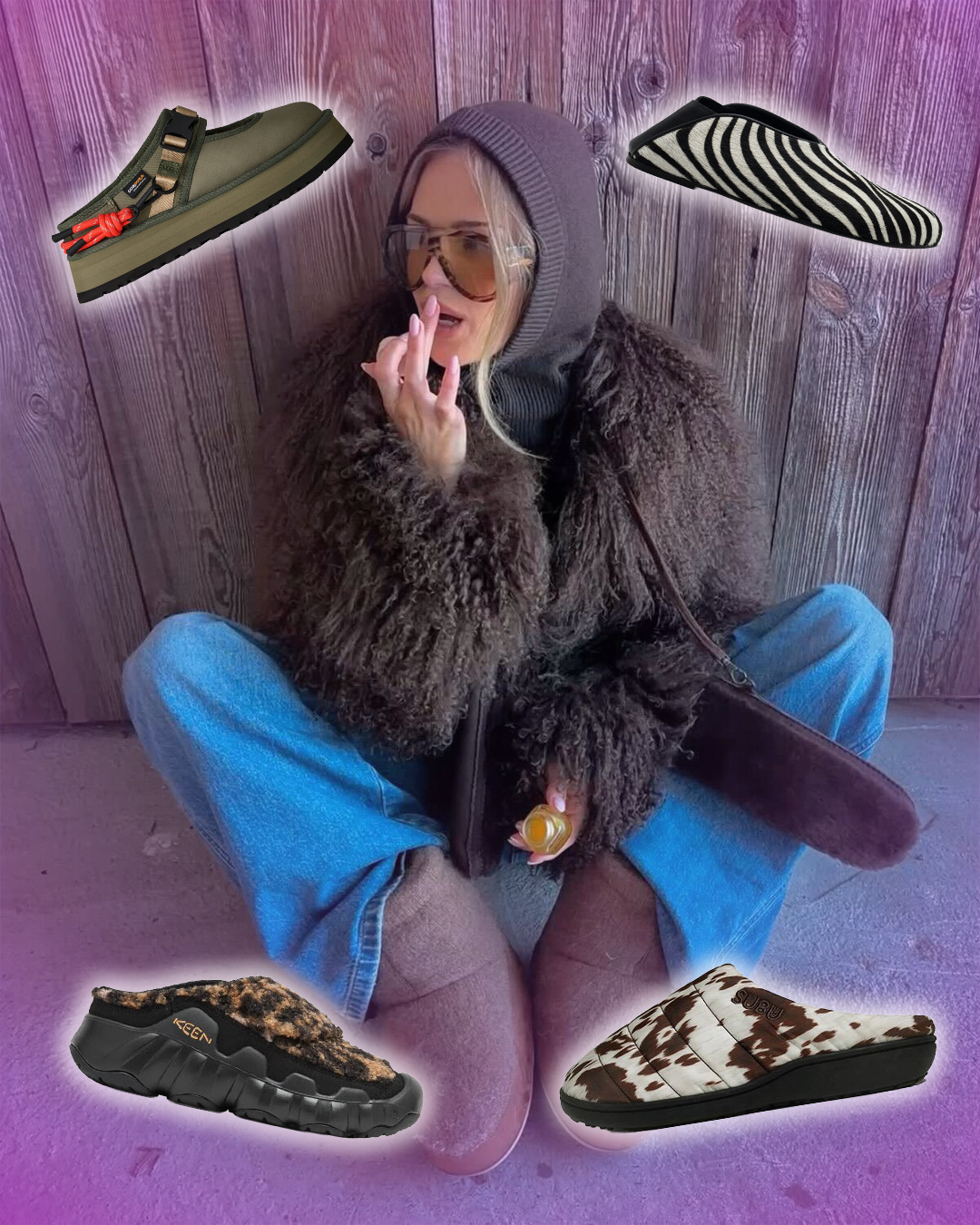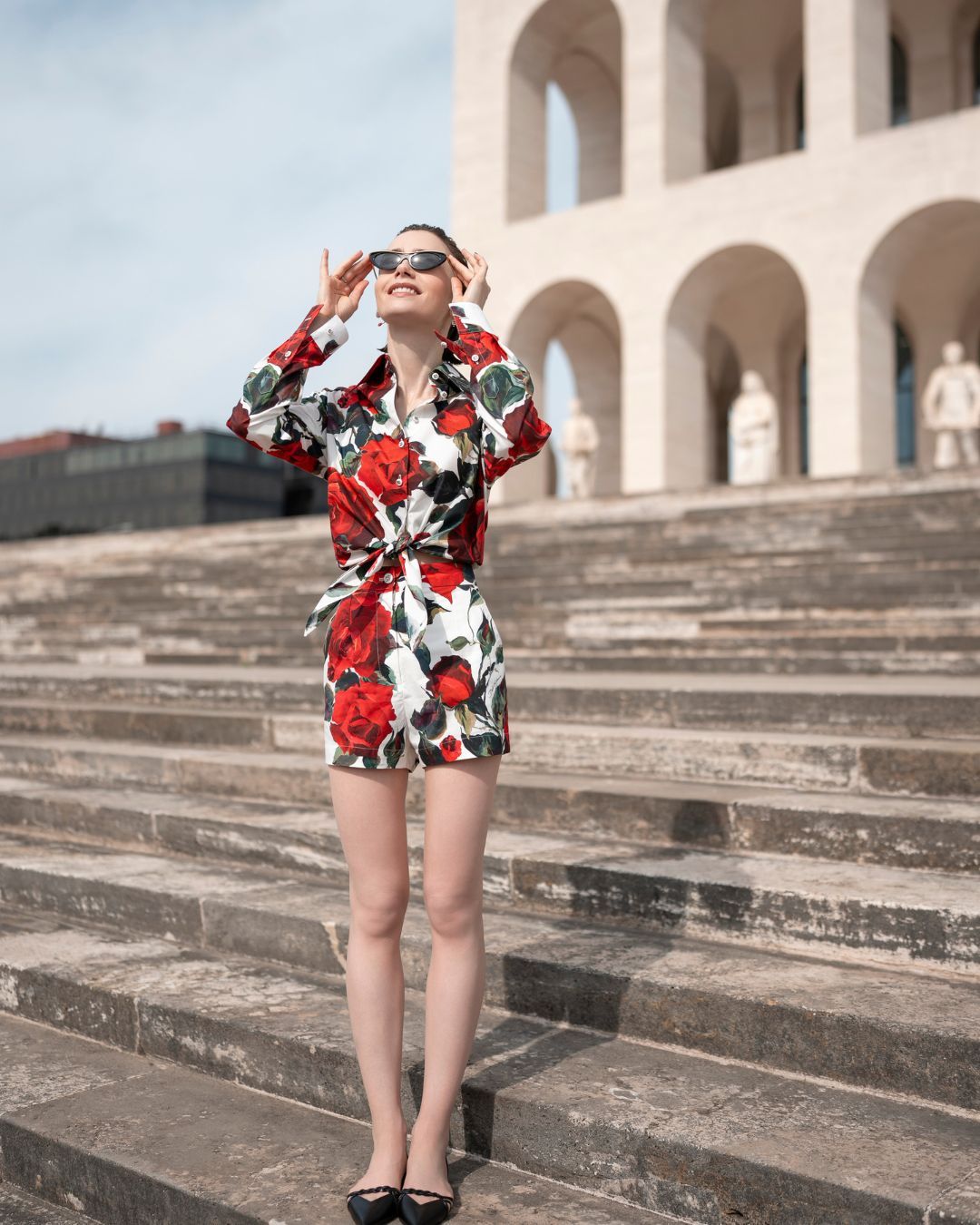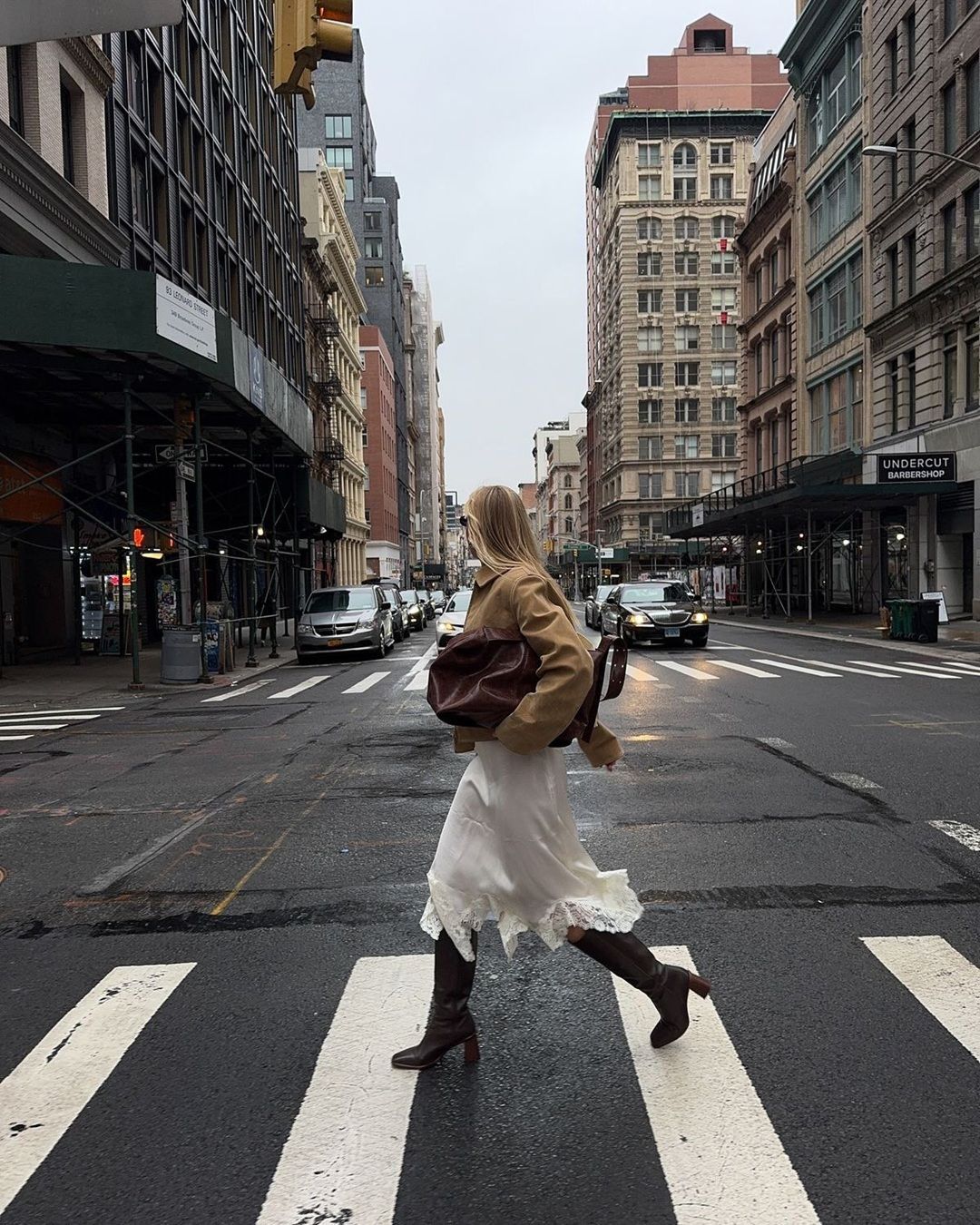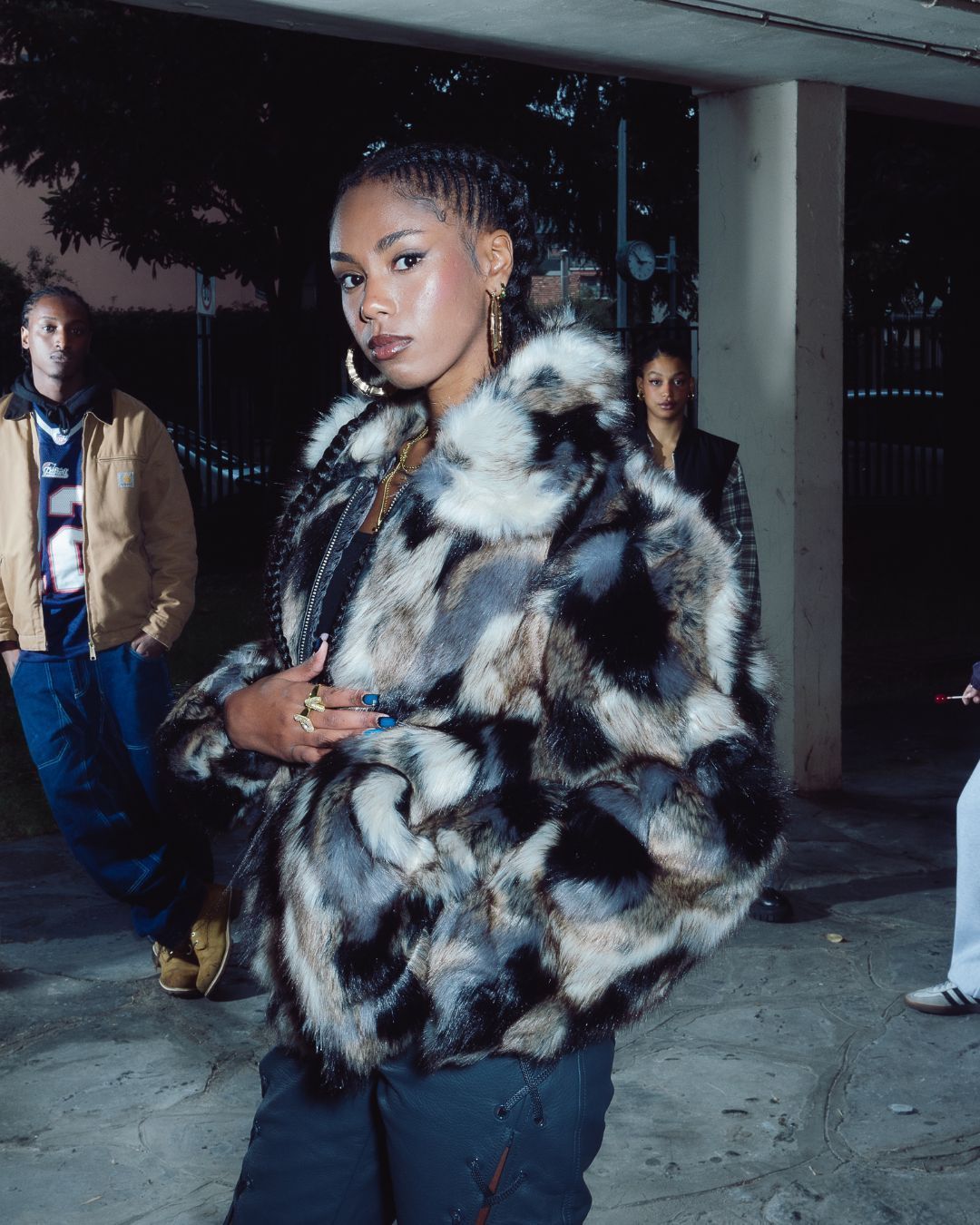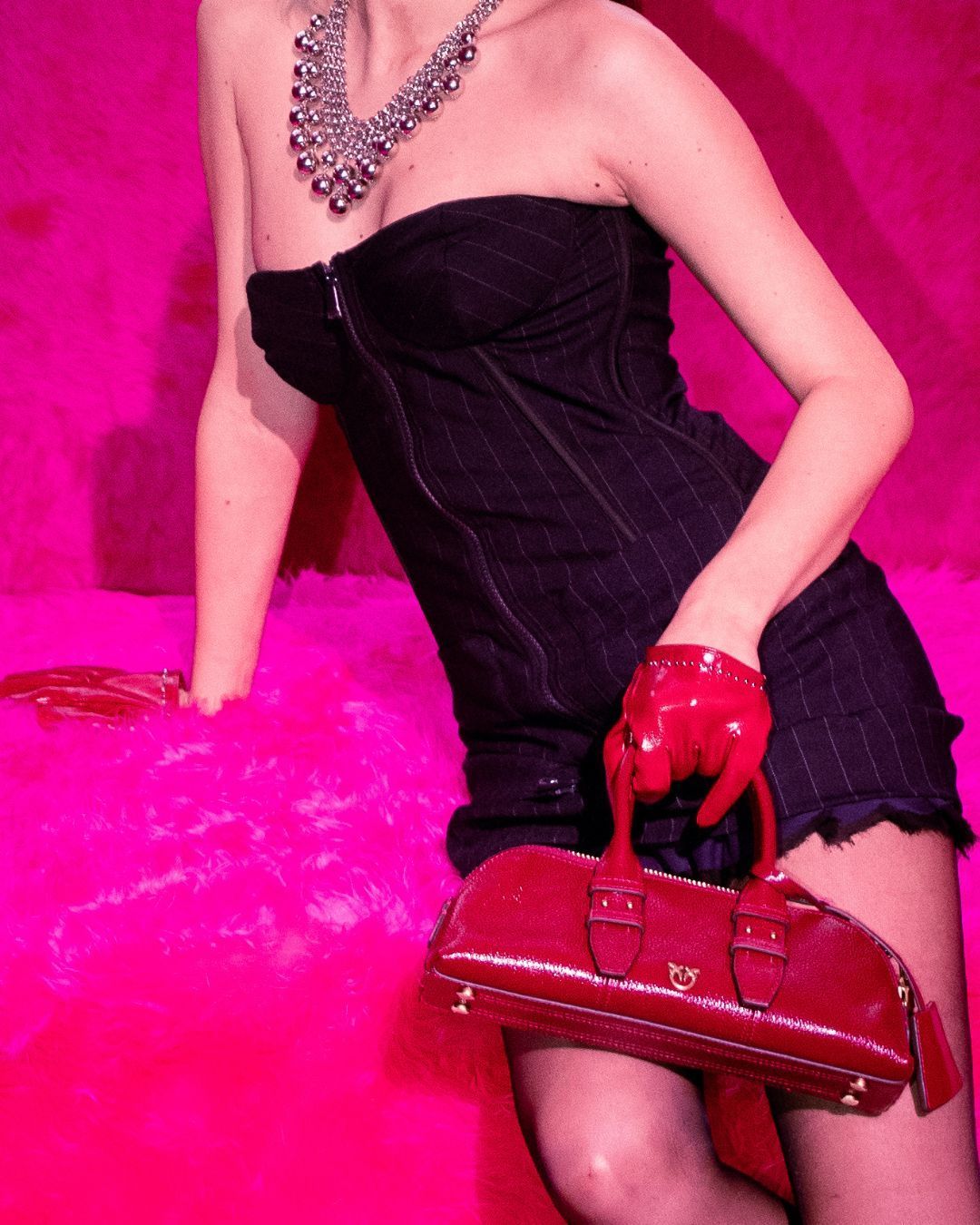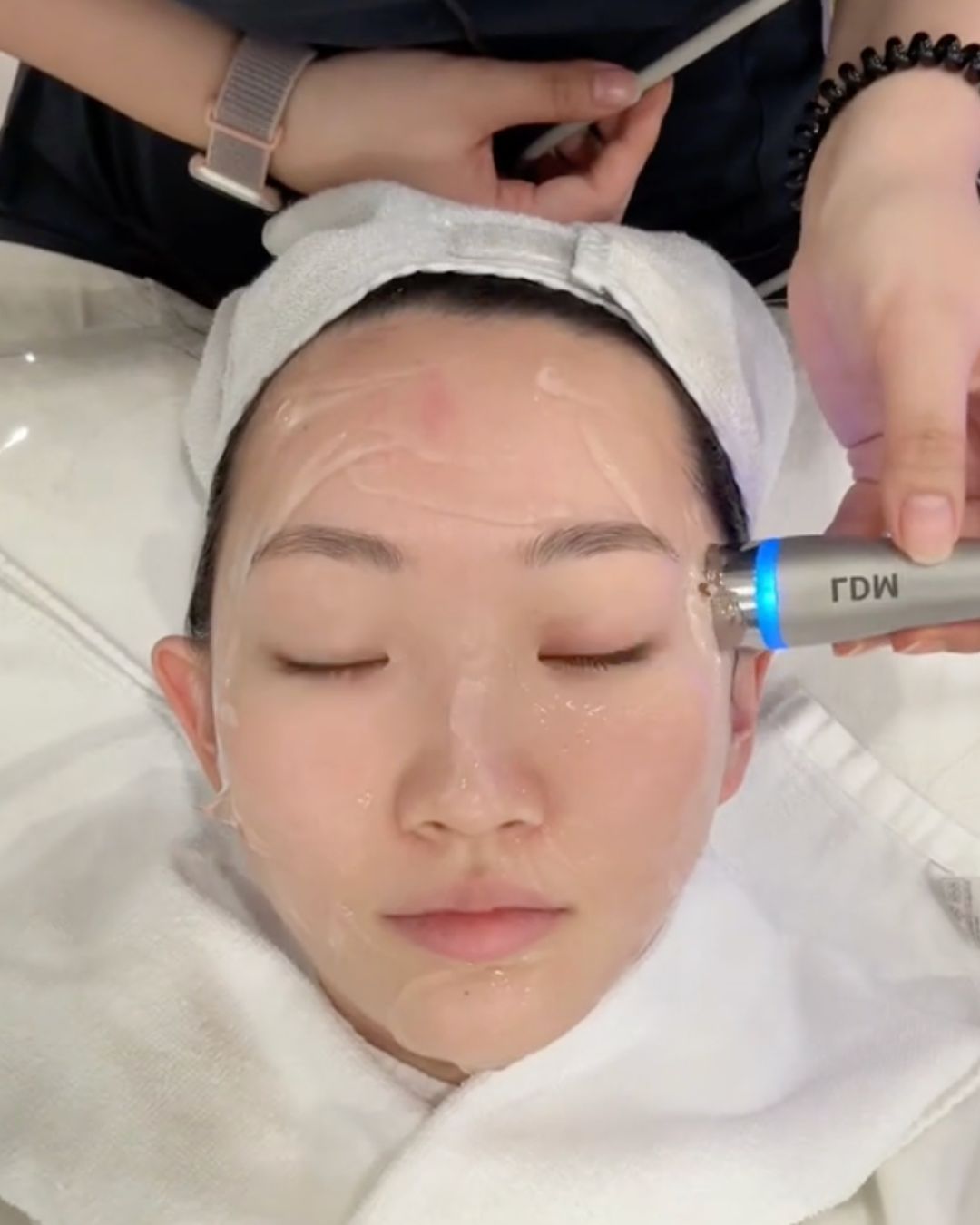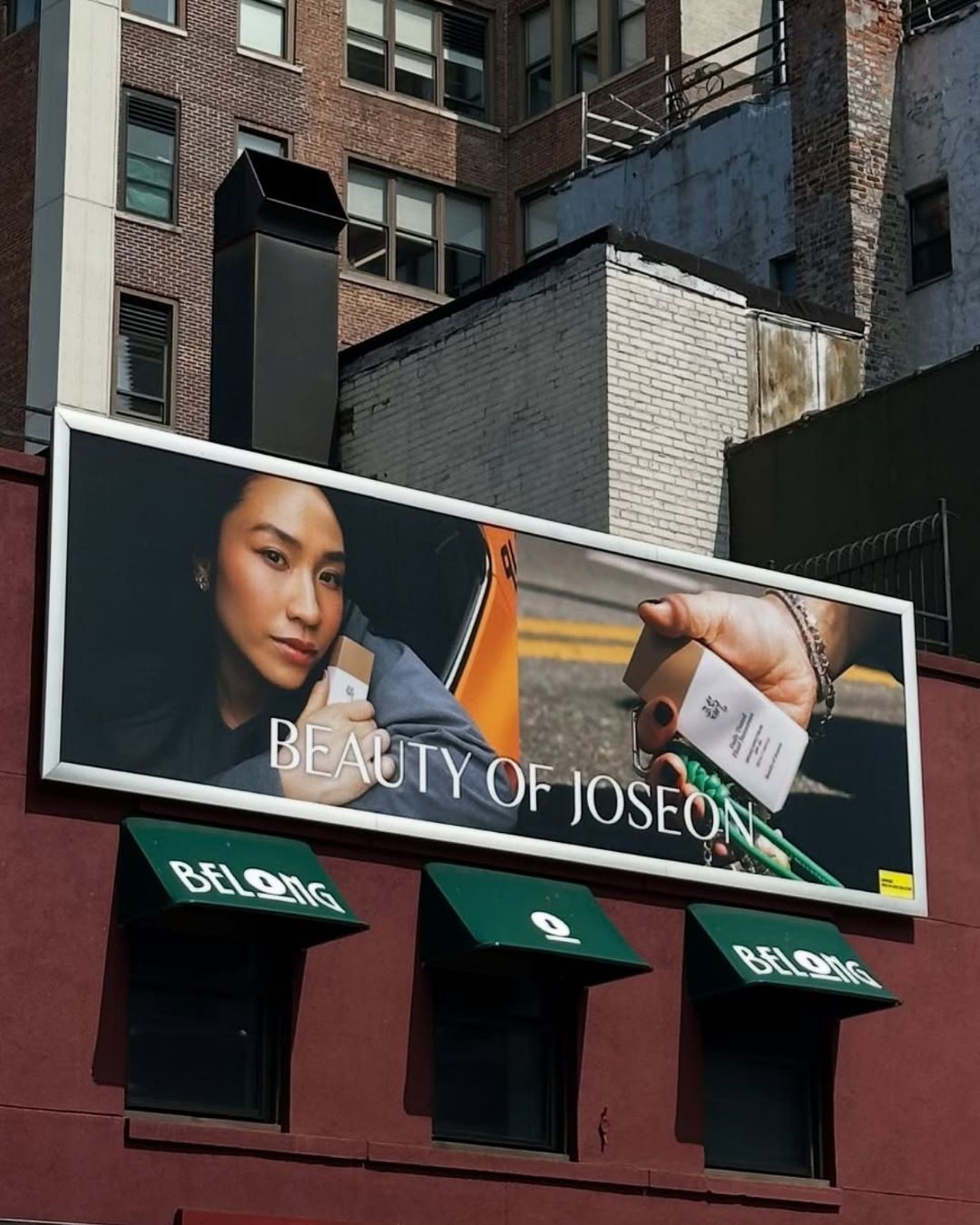
French beauty brands are no longer the favorite of Americans How K-beauty takes precedence over French beauty in the United States
It’s an unprecedented achievement. For the first time, South Korea has become the top exporter of cosmetics to the United States, surpassing France, according to the latest report by Bloomberg. According to the American financial group, South Korea exported $1.7 billion worth of cosmetics to the United States in 2024, while France’s exports amounted to $1.26 billion. These figures illustrate a key upheaval in the American beauty industry, where competition is particularly fierce. K-beauty began making inroads in the United States around 2011, with the arrival of BB cream from the South Korean brand Dr Jart on the shelves of Sephora. However, Korean products were still discreet at the time, and it was French brands that dominated the beauty industry across the Atlantic.
@taylorbosmann WHERE TO SHOP FOR KOREAN SKINCARE IN THE US @Song Of Skin @sokoglam original sound - tay
Today, the “Hallyu” movement – literally translated as “Korean wave” – is reaching its peak with the meteoric success of K-pop, K-drama, K-food, and K-beauty. This rise in popularity of Korean culture has naturally boosted interest in the country’s cosmetic products. Fans of Korean entertainment often admire stars who appear with “flawless” skin and a natural yet sophisticated makeup look. And as with all commercial successes nowadays, social media has played a major role. The brand TirTir, for example, went viral on TikTok thanks to influencers praising its cushion foundations, perfectly matching their skin tone – even darker ones. At a time when inclusion has become a sine qua non condition for the success of beauty brands, TirTir has met public expectations by offering 40 shades of its flagship product. Moreover, the innovative aspect of Korean products contributes to its success. Indeed, K-Beauty offers a wide range of products – mainly skincare – with innovative formulas incorporating natural ingredients and unique formulations. Brands like Beauty of Joseon are known for using ginseng in their beauty treatments that promise a glowing and radiant complexion. Other components such as rice water or snail mucin are often found in Asian products, attracting an audience constantly seeking novelty.
@jasminnlily_ asmr: trying the viral @TIRTIR ad cushion foundation so impressed with this foundation it lasted all day! #koreanglassskin #spotlessskin #flawlessskin #glowyskin #cleangirlmakeup original sound - Jasmin
In times of inflation, beauty enthusiasts are increasingly drawn to the prices of K-beauty products, much to the chagrin of French brands. Korean products are known to be more affordable than their French luxury counterparts. The customs duties introduced under the Trump administration only deepen this gap, as Korean brands’ business models rely on higher margins. According to Reuters, many of them outsource production to contract manufacturers such as Cosmax or Kolmar, dubbed the “Foxconns” of fast beauty, to keep manufacturing costs particularly low. Brands like La Neige or Etude House are often ahead of the curve in beauty trends. Unlike French brands, which tend to favor simplicity and minimalism, their Korean rivals do not hesitate to experiment and promote new trends, making them appealing to a younger audience constantly seeking innovation. The rise of K-beauty in the United States is no longer just a passing fad: it reflects a true paradigm shift in consumer preferences. Driven by a strategy combining innovation, accessibility, diversity, and cultural influence, Korean brands have managed to establish themselves against historical giants like France. If the French industry wants to maintain its place in the global market, it will undoubtedly need to rethink its codes, modernize its approach, and adapt to an increasingly demanding, connected, and novelty-seeking public.





